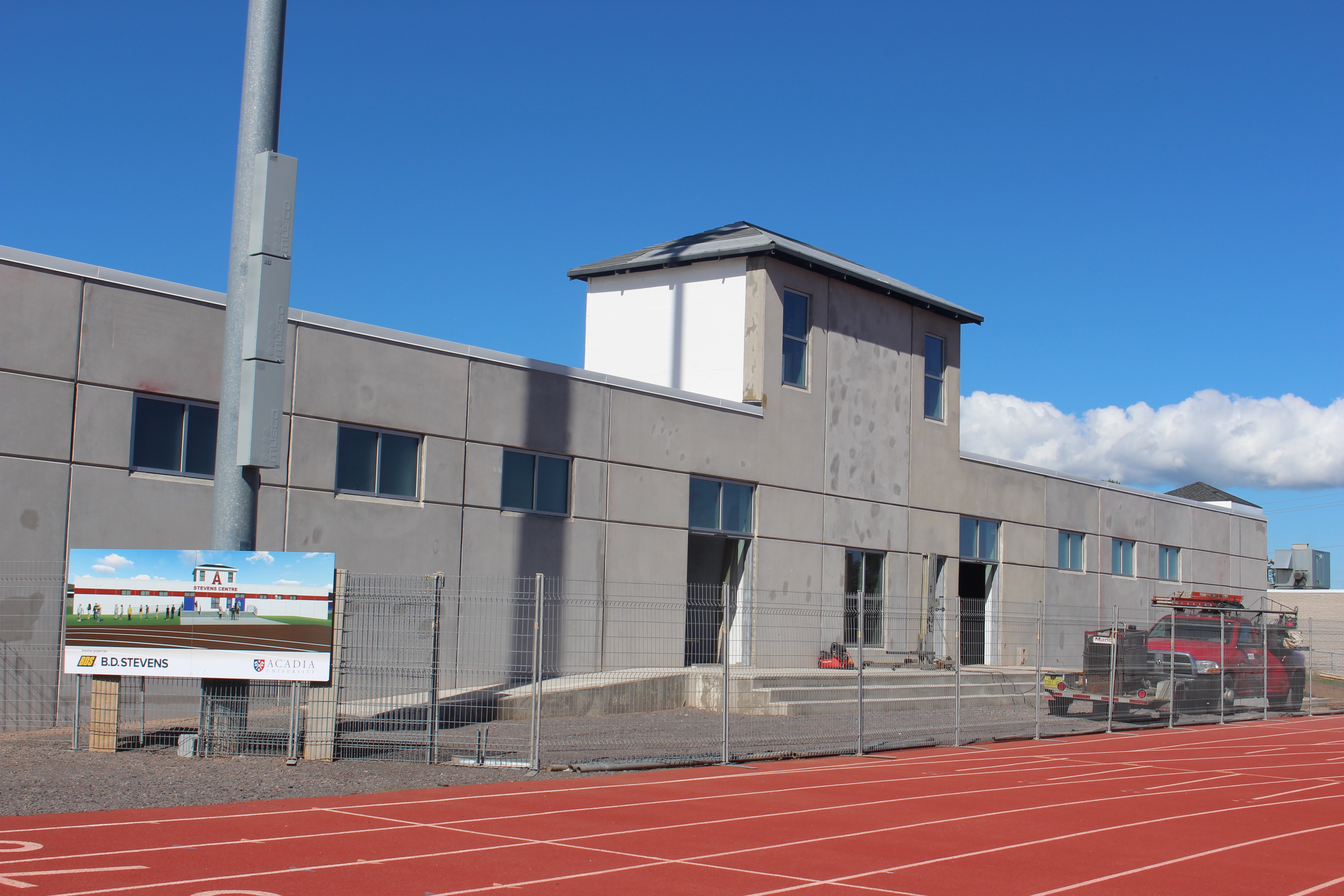Photo by Venti Views via Unsplash
The Maritime provinces, geologically, rub shoulders with the American Atlantic states. Our close connection can open opportunities to learn from each other.
Vermont is just past Maine, and unlike the Maritimes, does not border the Atlantic Ocean. Vermont has had a transformational 20 years and finds itself coming out of the pandemic as one of the USA’s leading states.
The state would be the first to introduce civil unions and also the first to legalize gay marriage. Although not perfect, Vermont could be a possible inspiration to Nova Scotia on how to transform our economy.
A key part of Vermont’s economy is the amount of co-ops operating in the state.
A cooperative business is one where all the employees own a percentage. This gives all workers a mutual interest in investing in the smooth operation of the company.
It also allows motivation, as workers know that their hard work at a company will be directly rewarded. Knowing they are not working for nameless corporate faces, but for each other brings people together as a community, it also allows for democratic control of workplaces. Democratic control can help reduce negligence, dysfunctional management, and ensure that the workplace is fair.
Grocery stores are common co-ops in Vermont, the democratic and local control of the food supply has allowed co-ops to work with each other to keep prices down.
During the pandemic, the Vermont government took the issue of food insecurity into their hands. The $49 million relief program succeeded in increasing food security, economic stabilization, and agricultural resilience.
The economic growth from this venture has been impactful.
Four million meals were provided by Vermont restaurants to distribute directly to locals who dealt with food insecurity.
The state saw a $78 Million increase in local restaurant spending. The program aided in stabilizing businesses that were struggling in the pandemic. Restaurants would be reimbursed $39 million, and 10 percent of the ingredients used must be purchased from local Vermont farms as per the agreement in order to further the economic development provided by the program.
Vermont farms have been affected largely by the climate crisis, and used to be made up mainly of dairy cow farms.
The weather has warmed by nearly 2 degrees Fahrenheit with more floods to come, greatly affecting the agriculture of the area.
However, even with the devastating affects of climate change, a new generation of farmers have flocked to Vermont. This is a diverse generation of young people of all walks of life, and are attempting to take back the Vermont farmer identity. Vermont could seriously see a reason for change when they witnessed previous generations flocking out West to California, in consequence,they have been quick to embrace this new generation as it could provide a symbol of hope for the community.
A major dairy farming company in Vermont, Nordic Farmers’, went bankrupt and another company, Earthkeep Farmcommon, took its place. The goal of the company is to produce local shrimp in an effective environmentally sustainable way. The company also operates Vermont Malthouse, which acts as the only producer of malt in Vermont. They are able to distribute their malt to local distilleries and keep the money in their own community.
Businesses fail for all types of reason, however, occasionally a company is in the red due to small errors, or their economic circumstance. If a company has a successful track record, why should the government not step in and aid it? These changes should not take significant reason just to allocate them differently.
In the United Kingdom, the organization Co-operative and Community Finance plays a large role in organizing and aiding co-ops in order to ensure success. A Number of factors go into this, but one of the key factors is proper education. Good education often excludes those who don’t have the money to pay for it. The Maritime provinces are the poorest, the most overtaxed, and underrepresented in Canada. This can change through cooperation with each other. The CCF, through practical experience, has recently seen co-ops fail less,over the past 25 years their failure rates have been extremely low, with 2012 producing a failure rate of 0%, and from 1997-2012 only 3%.
Which are failure numbers major Canadian banks wished they possessed. The difference lies in how a business is structured, how the people are treated, and what future they can see in themselves while working in that position.
Compass NS currently exists as an organization trying to build and grow the name of co-ops by getting involved in the housing crisis.
Their mission statement aimson inclusive housing, with emphasis on being sustainable, and welcoming collaboration.
In Saskatoon, a co-op called Steep Hill, has helped the local community gain access to high quality goods at fair prices. Which exemplifies an additional benefit,knowing that a community’s money is going directly back into said community rather than a billionaire’s savings account.
An interesting start up in the United States is Start.coop, which provides a 12- week accelerator program, mentoring, and support which helps entrepreneurs build transformational organization, which aims to develop their entire community economically, not just themselves. In 2019, the first cohort graduated, and checking back up on them in 2023 we can see that all are still operating. The cohort graduates range from a labour staffing program based out of baltimore, to the United States first patient-owned health data platform, and even a worker owned construction co-op building affordable housing in the bay area.
The possibilities for the Maritimes economic resurgence are endless. A future for the betterment of all is in our grasp… if we can reach for it.





